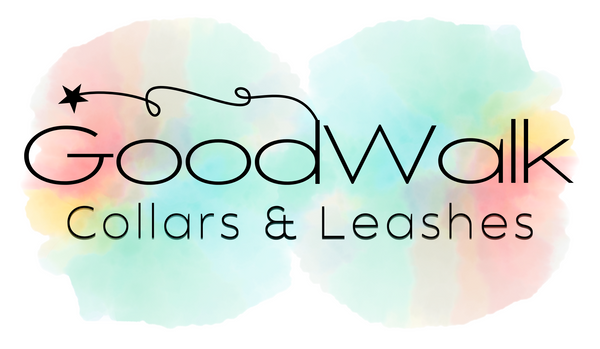
Dog Park Etiquette: How to Keep Your Pup Safe and Happy
Share
Dog parks are a fantastic way for your pup to burn off energy, socialize with other dogs, and enjoy some off-leash freedom. However, they can quickly become chaotic if owners aren’t mindful of proper dog park etiquette. To ensure a safe and fun experience for everyone, here are some essential rules and tips to follow.
1. Make Sure Your Dog is Ready for the Dog Park
Not every dog is suited for the dog park. Before heading to an off-leash area, consider:
- Vaccinations & Health: Ensure your dog is up-to-date on vaccinations and flea/tick prevention to keep them and others safe.
- Basic Training: Your dog should respond to basic commands like “come,” “leave it,” and “stay” before being let off-leash.
- Temperament: If your dog is reactive, overly timid, or aggressive toward other dogs, the park may not be the best environment.
2. Follow the Park’s Rules
Every dog park has posted rules—read them before entering. These may include:
- Size restrictions (some parks have separate areas for large and small dogs).
- Leash policies (many parks require leashes upon entry and exit).
- Limits on the number of dogs per owner.
Ignoring these guidelines can put both dogs and owners at risk.
3. Observe Before Entering
Before stepping into the dog park, take a moment to assess the environment. Look for:
- Overcrowding: If the park is too packed, tensions may be high.
- Rough play: Some dogs play rougher than others, which may not suit your pup.
- Owner supervision: If dogs are running wild with no supervision, it might be best to return another time.
If the vibe seems off, don’t force your dog into an uncomfortable situation.
4. Introduce Your Dog Calmly
When entering the park, avoid creating excitement. Instead:
- Open the gate and allow your dog to walk in confidently without rushing.
- Avoid bringing them in on a tight leash—this can create tension.
- Give them time to sniff and adjust before engaging with other dogs.
5. Supervise at All Times
Dog parks are not a place to tune out. Always keep an eye on your dog to:
- Monitor their interactions with other dogs.
- Prevent resource guarding if toys or treats are involved.
- Step in if play escalates into aggression.
If you notice signs of stress, such as stiff body language, excessive lip licking, or pinned ears, it’s time to redirect your dog or leave.
6. Understand Proper Dog Play vs. Aggression
Dogs play using a mix of body bumps, chasing, and wrestling. However, play should always have breaks where both dogs disengage and reset. Signs that play is getting too rough include:
- Excessive growling or snarling.
- One dog constantly pinning another without a break.
- A dog trying to get away while another continues chasing.
If you’re unsure, call your dog over for a short break. If the other dog still wants to play, they’ll re-engage willingly.
7. Pick Up After Your Dog
Nothing ruins a park experience faster than stepping in dog waste. Always bring poop bags and clean up after your dog immediately. Some parks provide waste stations, but it’s always a good idea to carry your own bags just in case.
8. Avoid Bringing Food or High-Value Toys
Food and favorite toys can cause resource guarding, leading to fights. Instead:
- Stick to communal toys like tennis balls if your park allows them.
- Leave treats outside the gate and use praise or verbal rewards.
- If you must bring a toy, be ready to remove it if other dogs become too interested.
9. Respect Other Dogs’ Personal Space
Not all dogs at the park want to interact. If another dog seems uninterested in play, don’t force introductions. Likewise, don’t allow your dog to crowd the entrance when a new dog arrives—this can be overwhelming and lead to tension.
10. Know When to Leave
If your dog seems tired, overstimulated, or starts behaving inappropriately, it’s time to go. A well-timed exit prevents negative experiences and ensures future visits remain positive.
Signs It’s Time to Leave:
✔ Your dog is avoiding interaction and staying near the gate.
✔ They’re getting too rough or showing signs of frustration.
✔ Other dogs are overwhelming or bullying them.
Final Thoughts
Dog parks can be a great way to enrich your dog’s life, but they require responsible ownership. By following these etiquette tips, you’ll help create a safe, enjoyable space for all pups and their owners.
Would you like more tips on handling specific dog park challenges? Let me know! 😊
